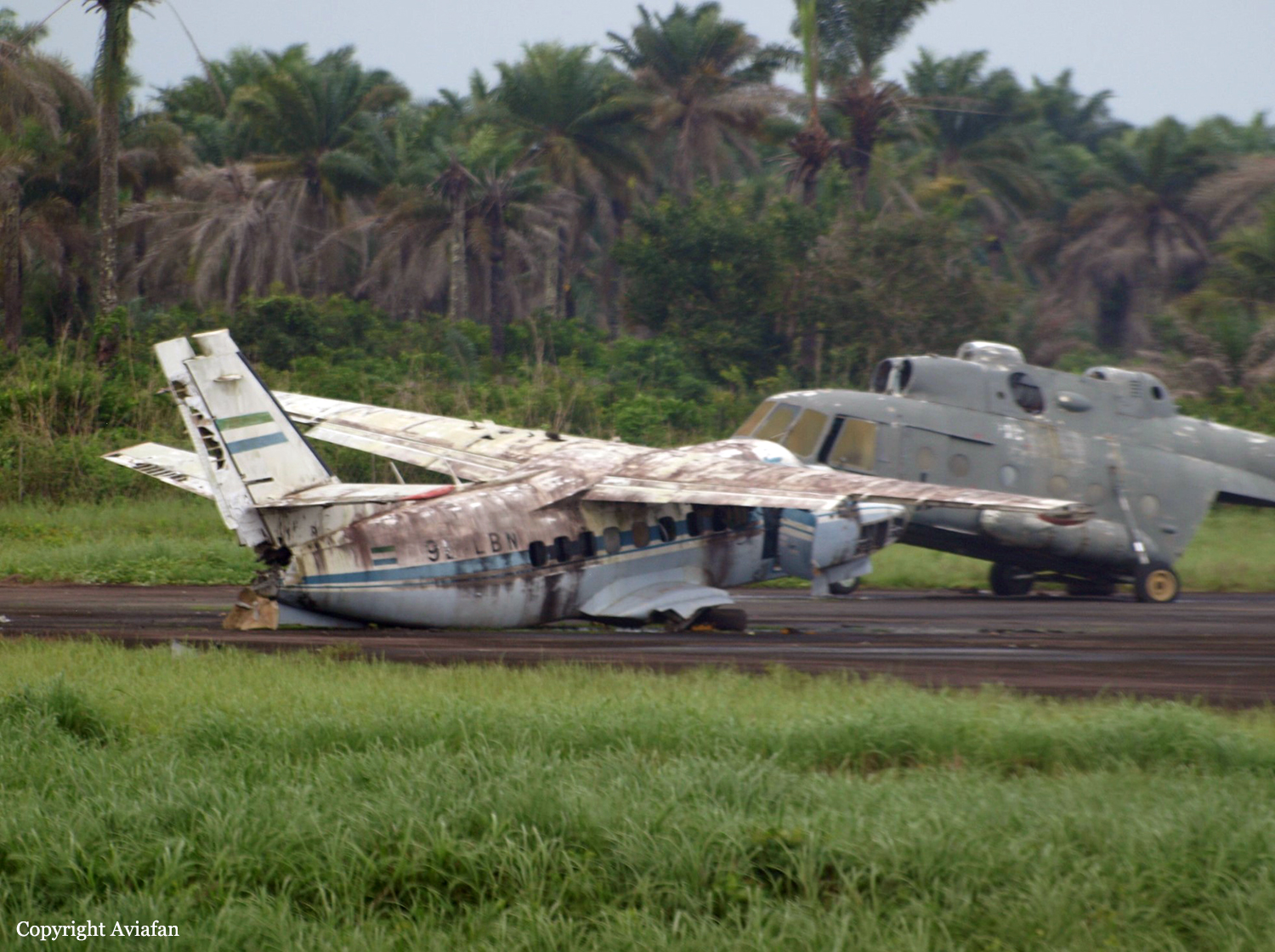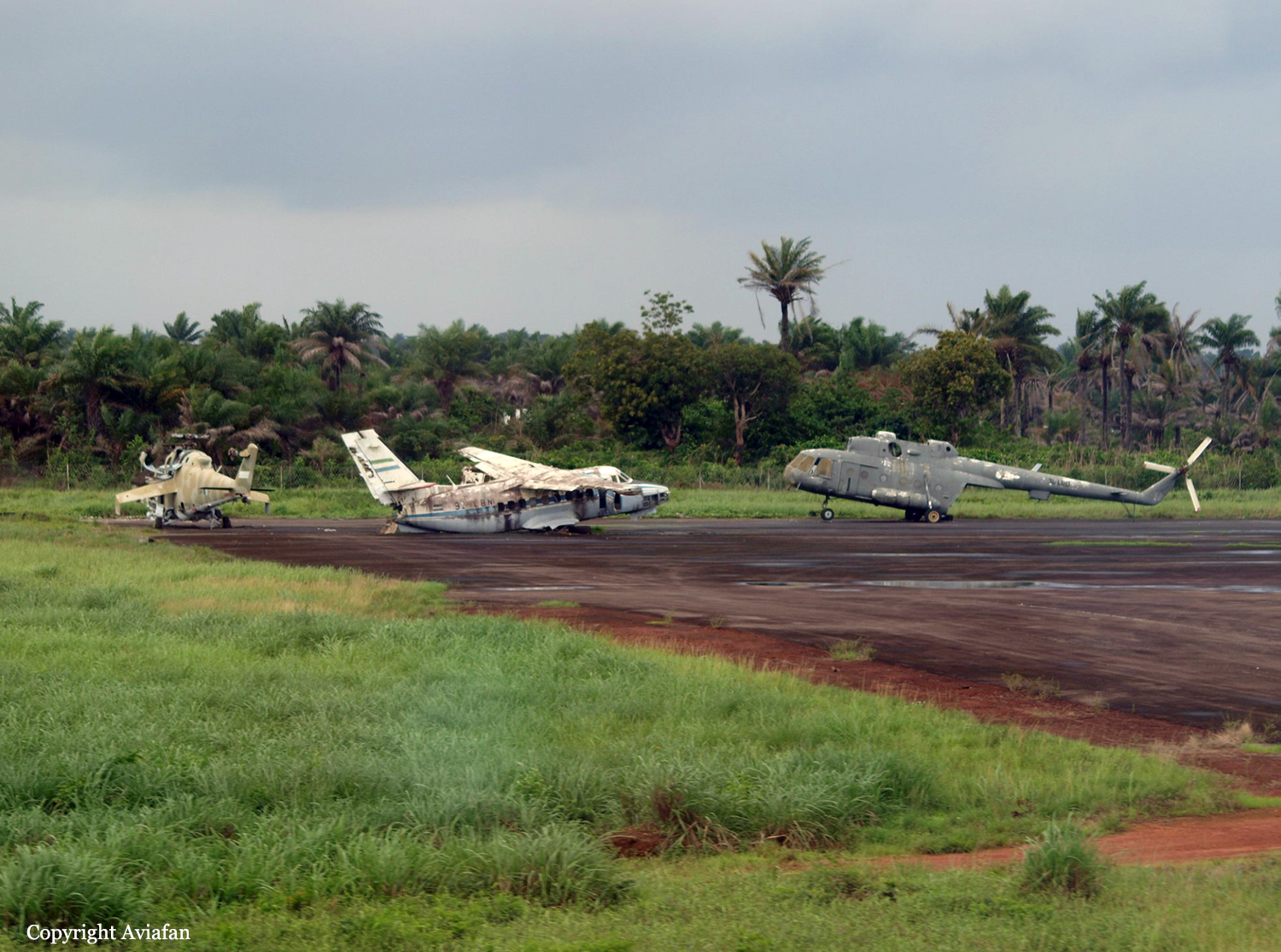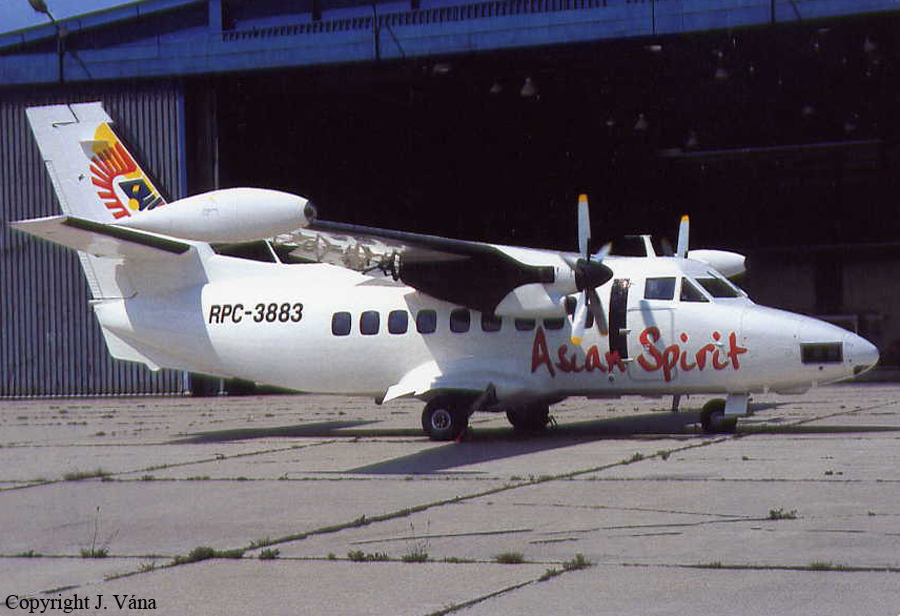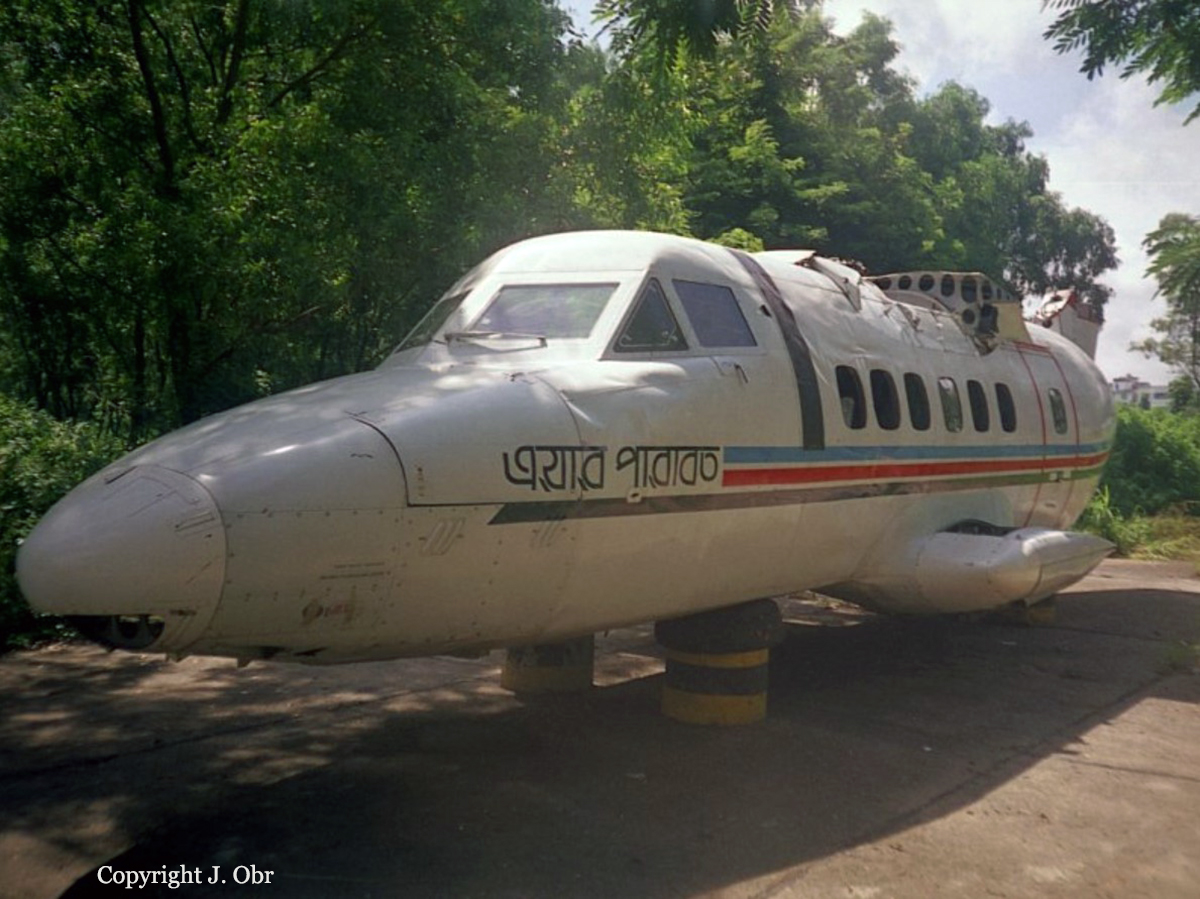Crash of a Let L-410UVP in Freetown
Date & Time:
Aug 24, 2000 at 1406 LT
Registration:
9L-LBN
Survivors:
Yes
Schedule:
Freetown - Freetown
MSN:
851334
YOM:
1985
Crew on board:
2
Crew fatalities:
Pax on board:
0
Pax fatalities:
Other fatalities:
Total fatalities:
0
Circumstances:
The crew departed Freetown-Lungi Intl Airport on a short positioning flight to Freetown-Hastings Airport. After takeoff, during initial climb, the twin engine aircraft entered clouds at an altitude of about 500 feet. While exiting the clouds, the crew noticed a Mil Mi-8 helicopter flying nearby. His crew was completing a local flight on behalf of the UNO. The crew of the Let attempted an evasive manoeuvre but the rotor of the helicopter struck the base of the aircraft's tail. The crew managed to return for an emergency landing but the undercarriage partially failed upon landing. Both pilots escaped uninjured while the aircraft was damaged beyond repair. The crew of the helicopter was able to land safely.
Probable cause:
It was established that the crew of the Mi-8T helicopter did not pay attention to the radio communication between the controller and the crew of the L-410 aircraft. The crew of the Mi-8T helicopter was distracted because they were talking about the barge that sank on the coast. This barge was located on the left side of the helicopter, while Lungi Airport and the Let L-410 were on the right side.








